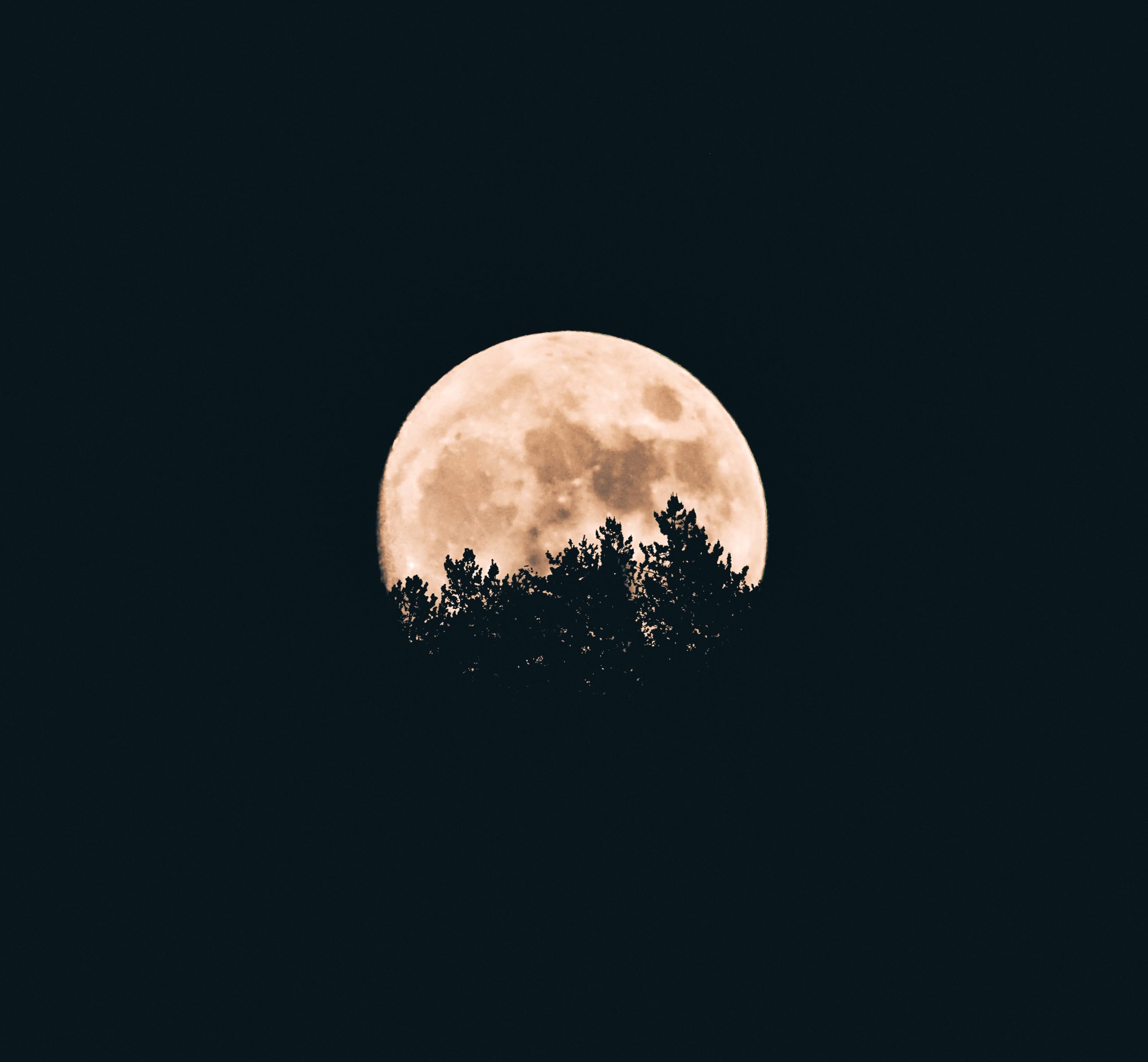The Correct Order of a Lunar Cycle: Understanding the Moon’s Changing Phases
Have you ever looked up at the night sky and wondered about the mysterious cycles of the moon? The moon, Earth’s only natural satellite, goes through a predictable sequence of phases known as the lunar cycle. Understanding the correct order of this cycle is not only fascinating but also crucial for various ancient and modern activities, such as farming, fishing, and navigating the seas. In this blog post, we will explore the intricacies of the lunar cycle and the correct order of its phases.
What is a Lunar Cycle?
A lunar cycle, also known as a lunar month, is the period of time it takes for the moon to complete a full orbit around the Earth. This cycle lasts approximately 29.5 days and can be divided into distinct phases, each with its unique appearance and characteristics.
The Phases of the Lunar Cycle
The moon’s changing appearance throughout the lunar cycle is a result of its position relative to the sun and Earth. Let’s dive into the correct order of the lunar cycle’s eight primary phases:
- New Moon
- Waxing Crescent
- First Quarter
- Waxing Gibbous
- Full Moon
- Waning Gibbous
- Last Quarter
- Waning Crescent
New Moon
The lunar cycle begins with the new moon phase. During this phase, the moon is positioned between the Earth and the sun, with its dark side facing us. As a result, the moon appears invisible from Earth, and the night sky remains particularly dark.
Waxing Crescent
Following the new moon, a thin crescent of the moon becomes visible, marking the waxing crescent phase. It is during this phase that a small fraction of the moon’s illuminated side becomes visible as it emerges from its dark state.
First Quarter
As the name suggests, the first quarter phase occurs when the moon has completed approximately one-fourth of its orbit around the Earth. During this phase, half of the moon’s illuminated side becomes visible, resembling a semicircle in the night sky.
Waxing Gibbous
Continuing its journey around the Earth, the moon enters the waxing gibbous phase. In this phase, more than half of the moon’s illuminated side is visible, but it has yet to reach its full brightness.
Full Moon
One of the most iconic phases, the full moon occurs when the moon is positioned directly opposite the sun relative to Earth. The entire illuminated side of the moon is visible, providing a stunning sight in the night sky.
Waning Gibbous
Once the full moon phase has passed, the moon starts waning, or decreasing in illumination. The waning gibbous phase occurs when more than half of the moon’s illuminated side is still visible, but it starts to diminish.
Last Quarter
Similar to the first quarter phase, the last quarter phase occurs when the moon has completed three-fourths of its orbit around the Earth. Half of the moon’s illuminated side is visible, but this time, it appears as a semicircle opposite to the first quarter.
Waning Crescent
The moon’s final phase before returning to the new moon is the waning crescent. In this phase, only a small fraction of the moon’s illuminated side is visible, forming a thin crescent shape once again.
The Importance of Understanding Lunar Cycles
Throughout history, cultures worldwide have recognized the significance of lunar cycles. Farmers rely on the moon’s phases to determine the best time for planting and harvesting crops. Fishermen use lunar cycles to predict high and low tides, aiding them in optimizing their catch. Sailors and navigators rely on lunar phases for celestial navigation, using the moon’s position to determine their own.
Furthermore, understanding lunar cycles can deepen our appreciation of the natural world and its interconnectedness. Witnessing the moon’s different phases can be a powerful reminder of the beauty and harmony present in our universe.
Conclusion
The correct order of the lunar cycle consists of eight distinct phases: new moon, waxing crescent, first quarter, waxing gibbous, full moon, waning gibbous, last quarter, and waning crescent. As the moon orbits around the Earth, its position relative to the sun leads to its changing appearance in the night sky. Understanding the lunar cycle and its various phases not only satisfies our curiosity about the cosmos but also holds practical value for countless cultural and scientific endeavors.
So, the next time you gaze up at the night sky, take a moment to appreciate the moon and its ever-transforming beauty, knowing that you now possess a deep understanding of the correct order of its majestic lunar cycle.
Table of Contents
